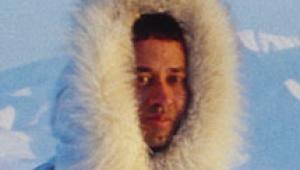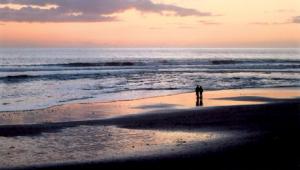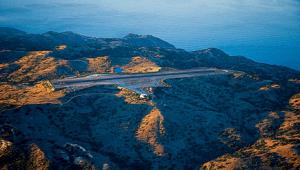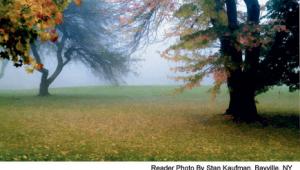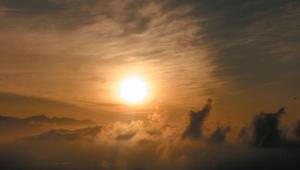Photographing Mountains Page 2
How many times have you traveled to a beautiful spot to photograph mountains, only to find that the majesty of the mountains has disappeared somewhere in the translation to film or a memory card? Sometimes shooting a picturesque scene of a snow-covered peak is not enough. Look for a visual clue that reveals the true magnitude of the scene around you. Showing scale can really add interest to your photos of mountain peaks and ranges. One way to do this is to set your camera's zoom lens to a wide-angle setting in the 24--35mm range, and include a foreground subject, like a group of flowers or a hiker. If you have a zoom lens, adjust it until you get a pleasing effect; sometimes wide-angle shots make distant mountains appear to be diminished rather than tall and grand. If you have a compact camera with a fixed-focal-length lens, you'll have to move around to find the angle and distance that work best for you.
 |
|
|
To make the mountains appear more grandiose, adjust your lens to a moderate
telephoto setting, and find a middle-ground subject for scale, like a building
or grouping of pine trees. Telephoto lenses used at a great distance compress
the space in your photos and the apparent size of the mountains will be enhanced.
Last but not least, always protect your camera equipment when your mountain
excursions take you to snow or other inclement weather. Put your camera in a
plastic bag or a warm, dry backpack and bring it out only to take pictures.
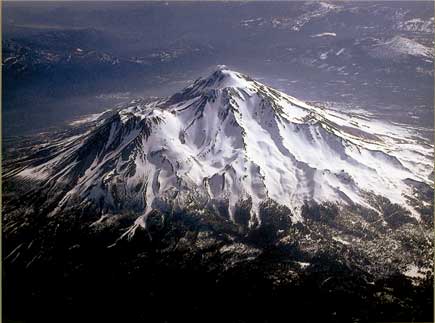 |
|
|
Readers are encouraged to submit photos to our monthly Point & Shoot HomeWork
Assignment feature. Please see the table of contents for the location of the
entry coupon, which lists topics and more details.
- Log in or register to post comments

